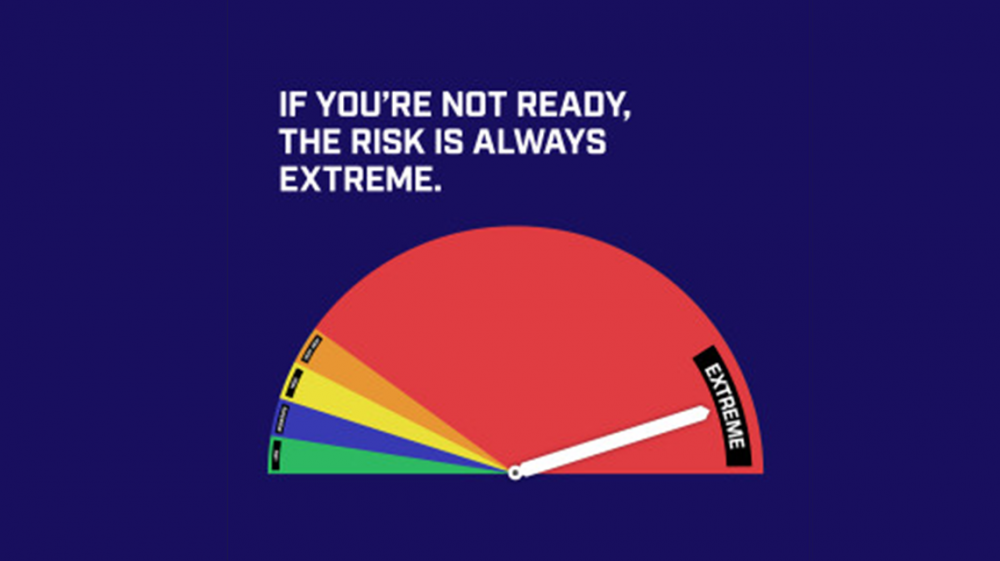Friday, 1 August 2025 Knowledge Articles
The Critical Role of Fire Service Kits
More Important Than Ever In An Increasingly Dry Country
There is now a greater onus than ever for New Zealanders to provide tank water for firefighting purposes if they live in an area without a reticulated water supply or a sprinkler system. For example, owners of new rural dwellings must store 45,000 litres of water solely to fight fires. This often requires the installation of two tanks to bring the combined capacity to a minimum of 45,000 litres, as well as the use of fire service kits.
Fire service kits allow for easy access to tank water and ensure an even and high-pressure flow. The kit is the connection between a tank and a hose, and usually consists of a 100mm fire coupling adaptor, a fire coupling support, a brass gate valve, and a tank fitting. Any kit of this nature must be a Fire and Emergency New Zealand (FENZ) Approved Fire Coupling for compliance, functionality and safety.
Fire service kits vary according to how the tanks are set up at a particular property. For example, a standard fire kit will connect to one above ground tank. Meanwhile, if two above ground tanks are interconnected and water is drawn from both tanks at the same time, it is possible to buy a dual fire outlet kit; as two tanks are often required to reach the minimum capacity of 45,000 litres, a dual kit is a popular option.
On the other hand, when tanks are partially buried for aesthetic reasons, fire kits become even more involved. As an example, a Promax Buried Single Tank Fire Service Outlet Kit is used when the tank is one metre in ground, with a hose reaching down from the kit to draw water. When two tanks are partially buried in the ground, a Buried Dual Tank Fire Service Outlet Kit will provide the connection between the two to ensure the water in both tanks is equalised.
Any fire kit connected to a tank must meet specific requirements stipulated by FENZ and/or the local council. This ensures a reliable and consistent flow of high-pressure water when it is needed most and highlights the need for a registered plumber to install the kit. New Zealand’s rural regions are increasingly drought-affected (and it’s important to remember that urban areas are not immune from drought) and a dry landscape poses a genuine threat as a potential fire field. Taking every care when connecting fire service kits to water tanks is essential and is a job that must be left to the professionals.
Other things to consider when protecting a rural home against fire include future plans for landscaping, which may block a fire fighter’s or vehicular access to the tank; obstacles could consist of a new fence or trees. The FENZ requirement is that the fire appliance can park within 6 meters of the fire coupling. Making the tanks and couplings easily visible is also important. And there may be cases where shared water supplies between neighbouring properties could be considered, although, according to FENZ, “the criteria still require the supply to meet the quantities within the Code of Practice and should be within 90 metres of the building.”
Any information from FENZ regarding firefighting in rural areas (and other places without a mains water supply) is free. Take advantage of their advice and be sure your fire service kits, and all other firefighting precautions meet their standards and keep you and your family safe.
Don't wait for a crisis, take proactive steps to protect your property against the threat of fires in our changing climate. Secure your peace of mind and safeguard your home – consult with our team today.

